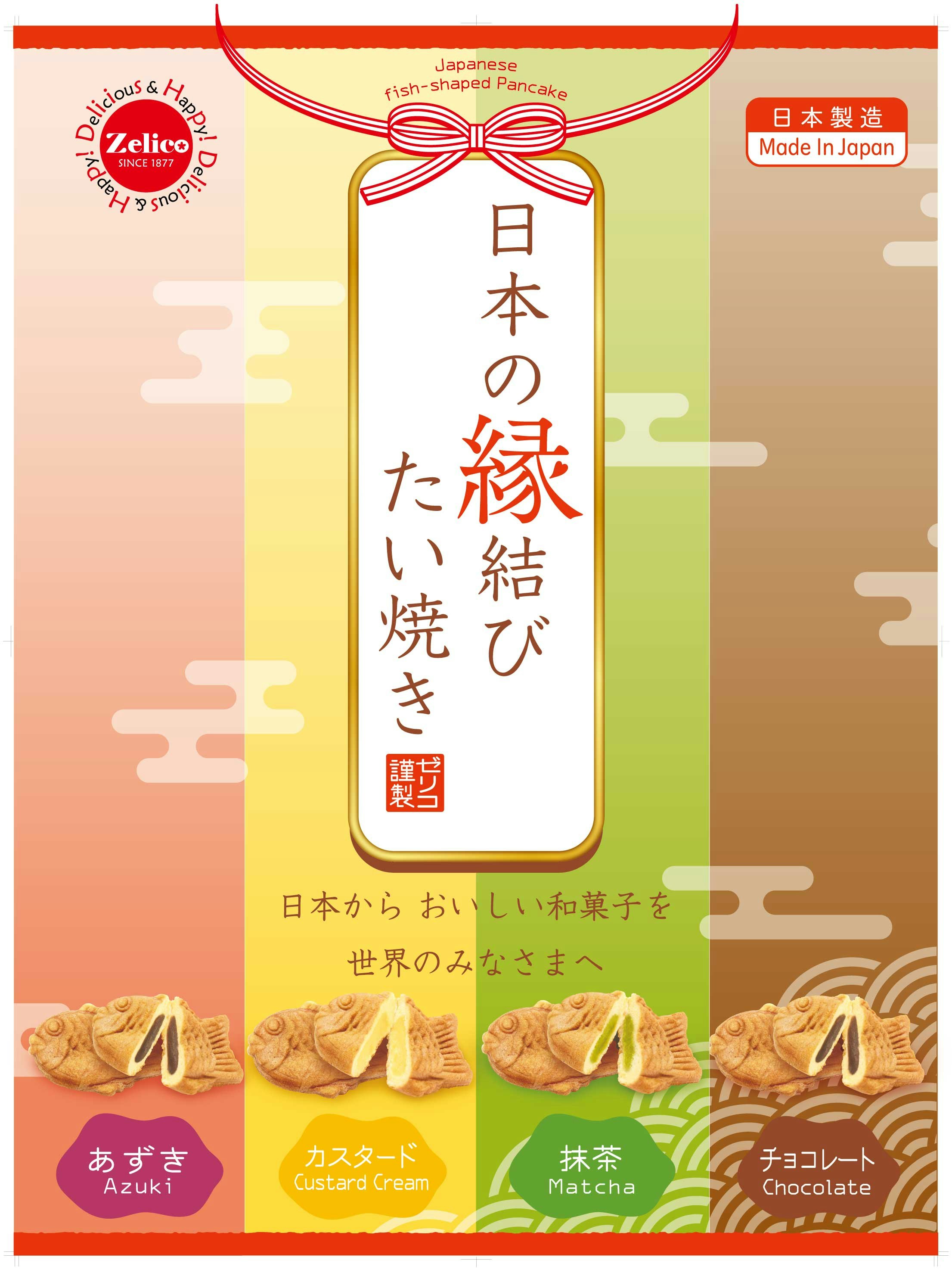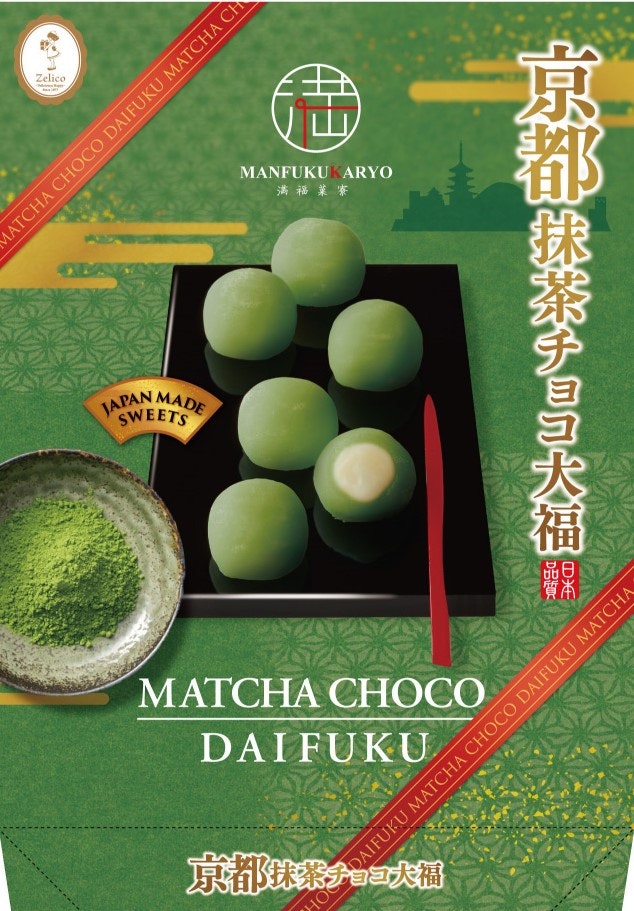2023.04.28
Top 3 Snacks to Take Home as Souvenirs from Japan
In recent years, Japanese snacks have gained in popularity all around the world. According to Japan Tourism Agency’s survey in 2022, 64.4% of the foreign tourists have bought Japanese snacks as souvenirs of their trip to Japan.
So why are Japanese snacks so popular? And what kind of Japanese snacks do people like overseas?
In this article, we are going to introduce some of the most popular Japanese sweets that are loved by many around the world. We are sure that you will find it helpful if you happen to be in need of great souvenir ideas for your trip to Japan!

1. Sweets Around the World
There are many different types of traditional snacks in Japan, such as Yakigashi (baked sweets), Namagashi (fresh confectionery), etc. So exactly what kind of Japanese sweets do people love overseas? Before we get into Japanese snacks, let’s first take a quick look at some of the important confectionery markets in the world.
1-1. The United States of America
When it comes to American sweets, people would think of baked sweets such as American cookies and cupcakes. Traditionally, American baked sweets were made with wheat flour. But in recent years, there has been a trend toward using rice flour instead, many people are using glutinous rice to replace wheat flour when making sweets.
For example, "Mochi Muffins" made from glutinous rice flour that are famous for their crispy outside and moist, chewy inside. Other traditional sweets such as doughnuts, waffles, and pancakes have also started using rice flour instead and have won the hearts of many Americans.
There has also been a national fever of appreciation for Japanese matcha in the US, where health consciousness is on the rise across the country these days. Many celebrities and star athletes are all drinking matcha for its beauty and health benefits. In New York, matcha specialty cafes have mushroomed one after another over the past decade, offering matcha lattes and matcha sweets.

1-2. Spain
Rice-flour sweets are just as popular in America as in Spain. In Spain, Japanese rice flour is capturing people's attention as an excellent gluten-free ingredient. While wheat flour has long been a mainstream ingredient for people in Spain, there has also been a growing interest in gluten-free ingredients that can be eaten safely by people with allergies to gluten contained in wheat and other flours.
Rice flour, with its mild taste, can be used as a great substitute for wheat flour. It boasts a unique, glutinous texture that wheat flour does not have. Sweets made from rice flour, such as pancakes and crepes, are enjoyed by many people in Spain.
Shown in the picture is Polvorón, a traditional Spanish baked pastry. It has a unique texture that it crumbles in the mouth.
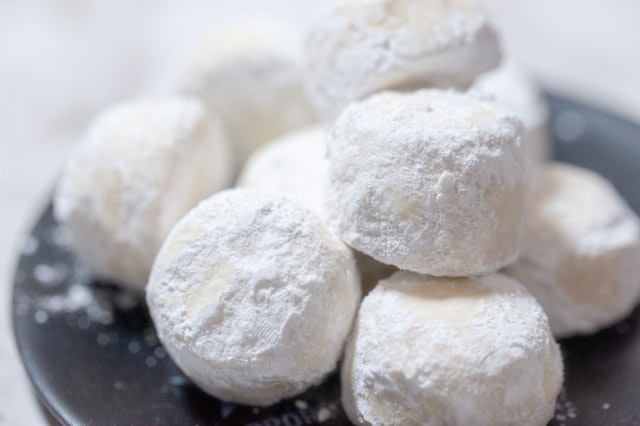
1-3. The United Kingdom
Tea and scones are the most popular items to be served with afternoon tea in England. The British way of eating crispy and flaky scones is to dip them in rich clotted cream or jam.
Meanwhile, matcha is also getting increasingly popular in London just like the rest of the world. Supermarkets are selling matcha along with other traditional tea products, and Japanese-style cafes are opening here and there selling matcha and Japanese sweets across the country.
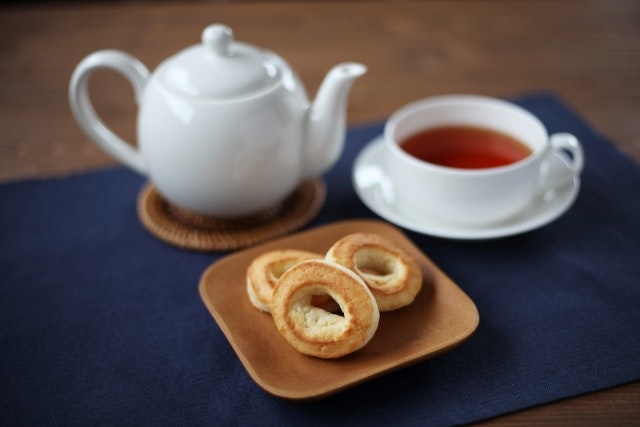
1-4. Thailand
In Thailand, where the temperatures are high all year round, sweet snacks are especially prevalent. In addition to sugar, Thai sweets are often using coconut as a sweetener. Kanom Sangkaya is a sweetened glutinous rice cake topped with coconut-flavored custard pudding. Other similar sweetened rice snacks are also very popular in Thailand.
There are also local sweets made by street vendors. For example, Kanom Buang is a sweet crepe-like pastry filled with meringue or coconut cream, with a variety of toppings. Another example is Khanom Tokyo, which was originally created by a Thai confectioner who was so impressed with the Dorayaki he tasted in Japan that he created a Thai version.
Sweets come from different cultures around the world are often more or less inspired by one another. The overall trend seems to be sweets with chewy textures and various flavors from different ingredients.
In addition, since people are getting more health-conscious nowadays, the demand for sweets made with healthy ingredients is higher than ever.
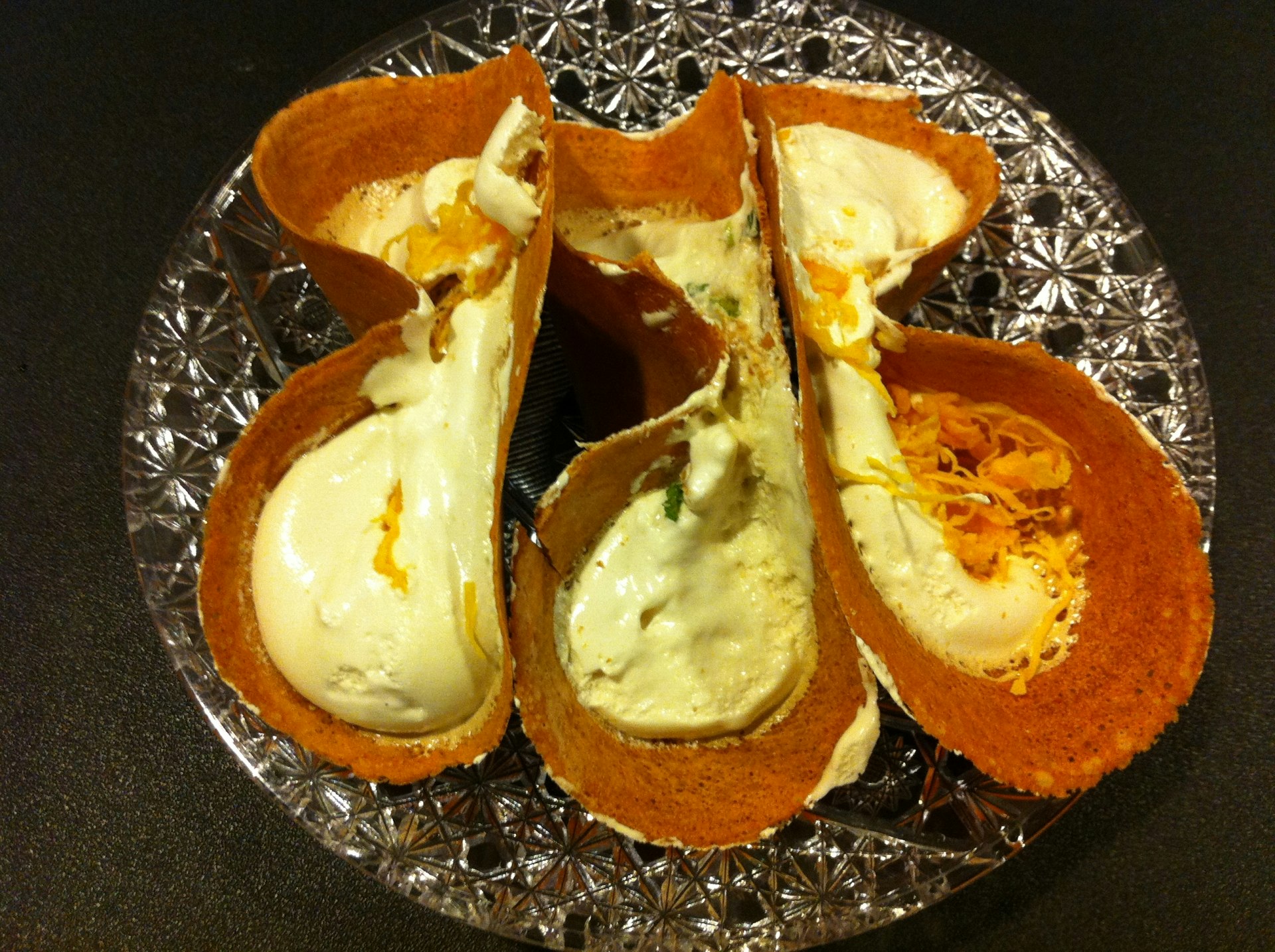
2. Japanese Sweets That are Popular Around the World
While many people are enjoying sweet snacks daily, we also noticed that many consumers had raised demand for healthy confectionery. Japanese sweets, which use ingredients such as rice and beans as raw materials, are gaining in popularity with people around the world as they are both delicious and healthy. Now let’s take a look at three Japanese snacks that are particularly popular all over the world.
2-1. Taiyaki
Taiyaki is a traditional Japanese pancake shaped like a sea bream. Taiyaki is very similar to Kanom Buang, as they are both made from flour and anko (sweet red bean paste).
The inside of fish-shaped Taiyaki is usually filled with anko (sweet red bean paste). Other common fillings are custard, chocolate cream, cheese, etc.
Anko is sweetened paste made from azuki beans, and it is rich in protein and dietary fiber. Anko does not contain cholesterol like animal products, so it’s perfect for people who want to eat healthy.
Zelico's “Japanese Enmusubi Taiyaki” is a mini size taiyaki made from castella sponge cake along with perfectly sweetened koshi-an (azuki bean paste). Other than azuki filling, it also comes in custard, matcha, and chocolate flavors.
Koshi-an is the smooth version of anko, whereas "tsubuan" is the crunchy version with the beans not being smashed completely. Koshi-an has a similar texture to custard.
2-2. Dango
Dango is a chewy Japanese snack made from rice. Dango appears frequently in Japanese animated movies and games. Therefore, dango has gained in popularity outside of Japan.
Although dango looks very similar to mochi (rice cakes), it is actually made from rice flour instead of steamed rice. Dango is usually finished round shaped and served on a skewer. It is a very popular traditional Japanese snack.
One of the traditional dango dishes is Sanshoku (three color) dango where 3 different colored dangos (usually in pink, white and green) are served on a skewer. It has a nice sweet taste.
Other famous dango dishes including an-dango which is served with anko (sweet red bean paste) on top, and mitarashi dango which is served with mitarashi (soy sauce and sugar) on top.
While the recipes are different, dango has the same chewy texture as other popular snacks made from sticky rice. It is not as sticky compared to regular mochi, and people around the world are loving this new taste.

2-3. Matcha Sweets
When people think of Japanese sweets, matcha green tea is often considered as a popular ingredient. As we mentioned above, matcha has been attracting attention all over the world for its health and beauty benefits. Matcha and sweets complement each other perfectly, the unique bitterness of matcha and the sweetness of snacks are a true match made in heaven.
In many parts of the world, macarons, tiramisu, and many snacks are all available in matcha flavor. It goes without saying that Japanese sweets such as daifuku, dorayaki and warabi mochi are no exception.
Zelico's "Kyoto Matcha Choco Daifuku" is a matcha mochi snack with white chocolate filling made into a daifuku. By wrapping the sweet chocolate with matcha flavored mochi, it creates just the perfect amount of sweetness. The soft and sticky texture of mochi pairing with white chocolate makes it an addictive snack for many people.
The following are other sweets also using matcha.
This snack has a layer of bitter matcha caramel and a layer of mild milk caramel. As you chew on it, the matcha flavor will spread in your mouth.
3. Summary: Let’s Get a Taste of Japan with Delicious Sweets
In recent years, people from around the world are getting more health-conscious, and healthy Japanese snacks have since captured worldwide interest. In particular, Japanese sweets such as mochi and dango made from rice flour, which have a particularly chewy texture, have gained in popularity in western countries, where sweets are usually made with wheat flour.
Last but not least, matcha and anko are iconic Japanese foods that provide people with great health and beauty benefits. In this article, we have talked about the 3 most iconic Japanese snacks, but there are many other types of snacks available on our website, so don’t forget to check those for souvenir ideas too!

